20 Foods With Recipes That Have Remained Unchanged for Centuries
While modern chefs experiment with molecular gastronomy and fusion cuisine, some recipes have remained stubbornly and deliciously unchanged. These culinary time capsules offer the chance to taste history exactly as our ancestors did, providing a direct connection to the past through our taste buds.
Traditional Balsamic Vinegar
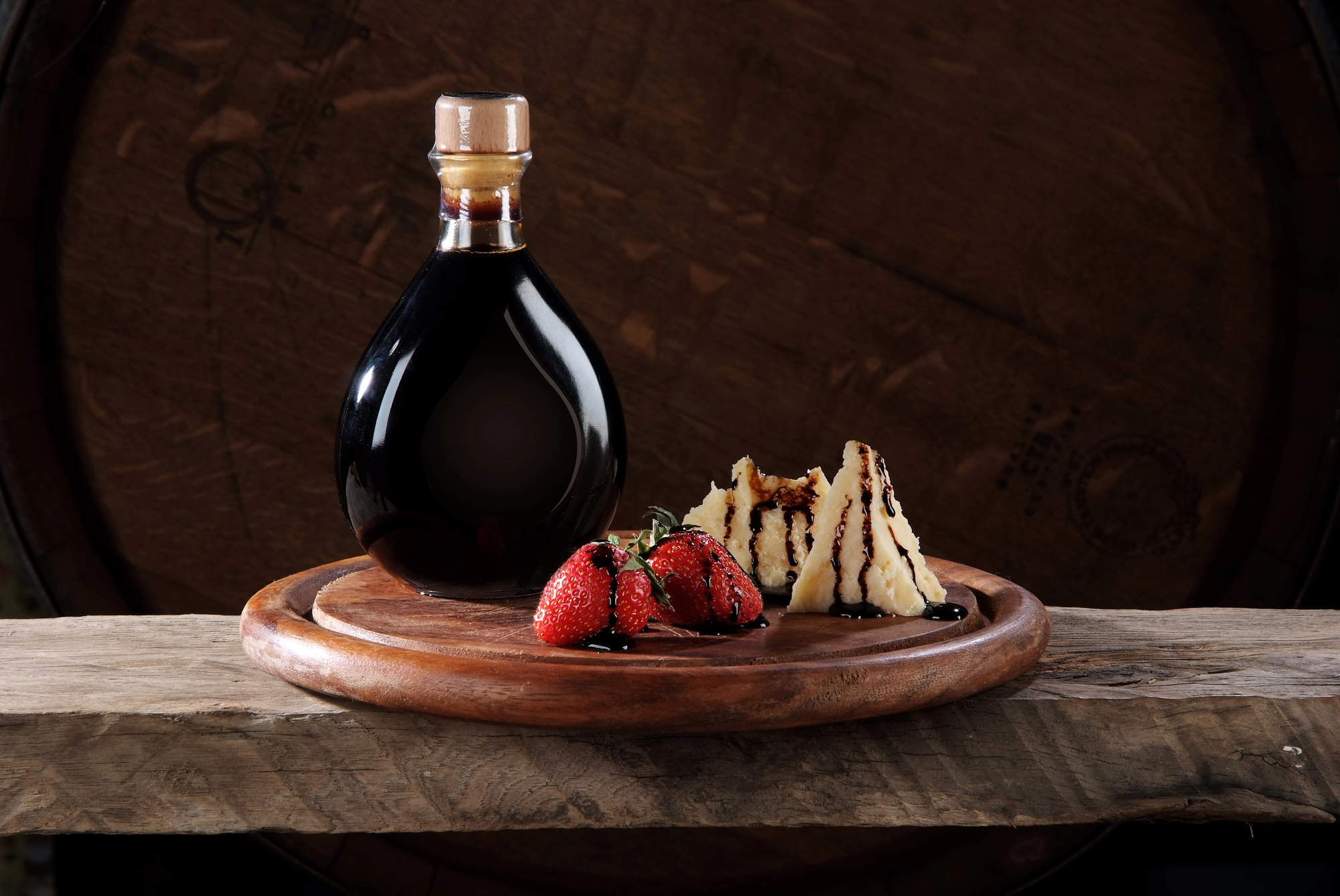
In the attics of Modena, Italy, the same families have been making traditional balsamic vinegar using identical methods since the Middle Ages. The process starts with cooking down Trebbiano grapes in copper kettles, then aging it in a series of progressively smaller wooden barrels for at least 12 years – though some vintages age for over a century.
Each barrel imparts distinct flavors to the developing vinegar, and even the attic’s seasonal temperature changes play a crucial role. The recipe remains legally protected, requiring specific grape varieties and wooden barrels made from different types of wood, and the same process has been used since at least 1046. Modern chemical analysis shows that today’s traditional balsamic matches residues found in Renaissance-era bottles.
Sourdough Bread (French Method)
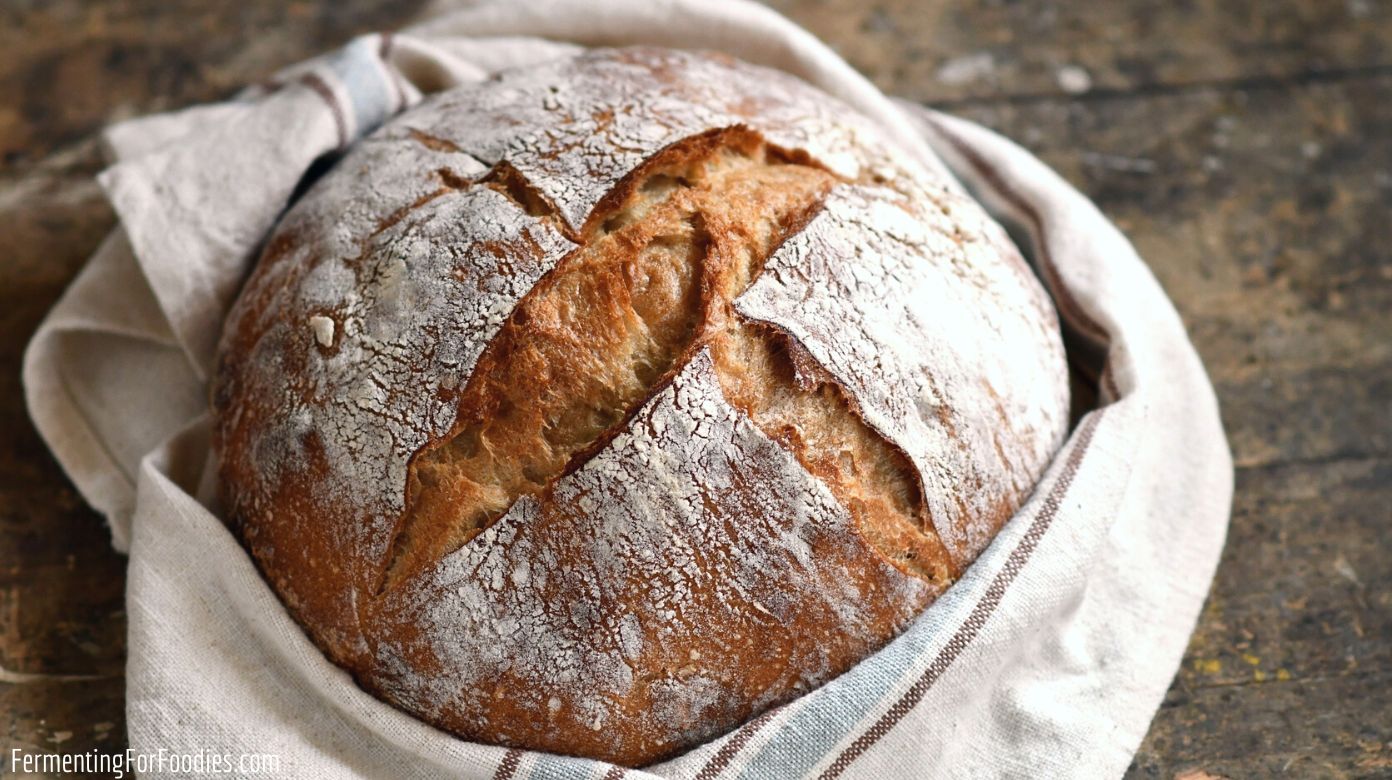
French bakers have maintained the same sourdough starters and techniques since the time of Louis XIV. The traditional recipe requires nothing more than flour, water, salt, and a carefully maintained starter culture that gets passed down through generations of bakers.
The oldest documented French sourdough starters date back to the 1600s, with some bakeries still using the same living cultures today. The strict technique requires precise temperatures, timing, and a specific folding method recorded in detail by 17th-century baking guilds. A recent analysis of ancient bread fragments shows identical bacterial strains to those used in traditional bakeries today.
Like Go2Tutors’s content? Follow us on MSN.
Greek Baklava
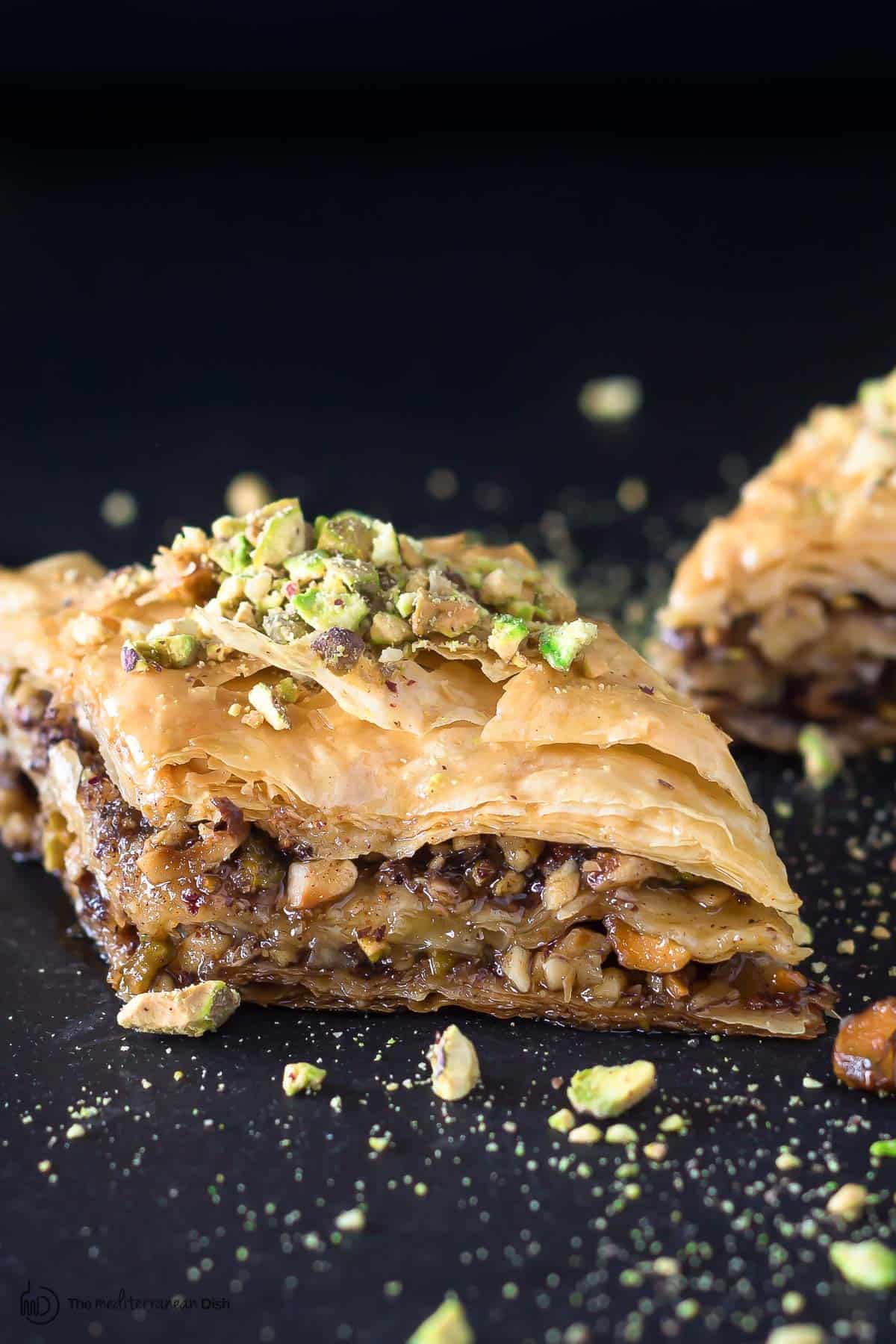
The exact recipe for traditional Greek baklava has remained unchanged since Byzantine times. This labor-intensive dessert requires precisely 33 layers of hand-rolled phyllo dough, specific nuts (usually walnuts or pistachios), and a syrup made with an exact ratio of honey to water.
Ancient Byzantine recipe books detail the same techniques used today, including brushing each paper-thin layer with clarified butter and cutting the pastry into diamond shapes before baking. The traditional recipe even specifies that the syrup must be cold when poured over the hot baklava. This technique ensures the perfect texture that’s been delighting sweet lovers for over a millennium.
Japanese Mochi

The traditional method of making mochi dates to Japan’s Nara period (710-794 CE). The process involves steaming specific varieties of sticky rice and pounding it with wooden mallets in a ceremony called mochitsuki, which remains unchanged after 1,300 years.
The rhythm of the pounding, the precise movements of turning the rice between strikes, and even the water temperature used for steaming follow exact specifications recorded in ancient texts. Modern attempts to mechanize the process have never quite matched the texture achieved through traditional methods, which create distinctive molecular structures in the rice proteins.
Roman Garum
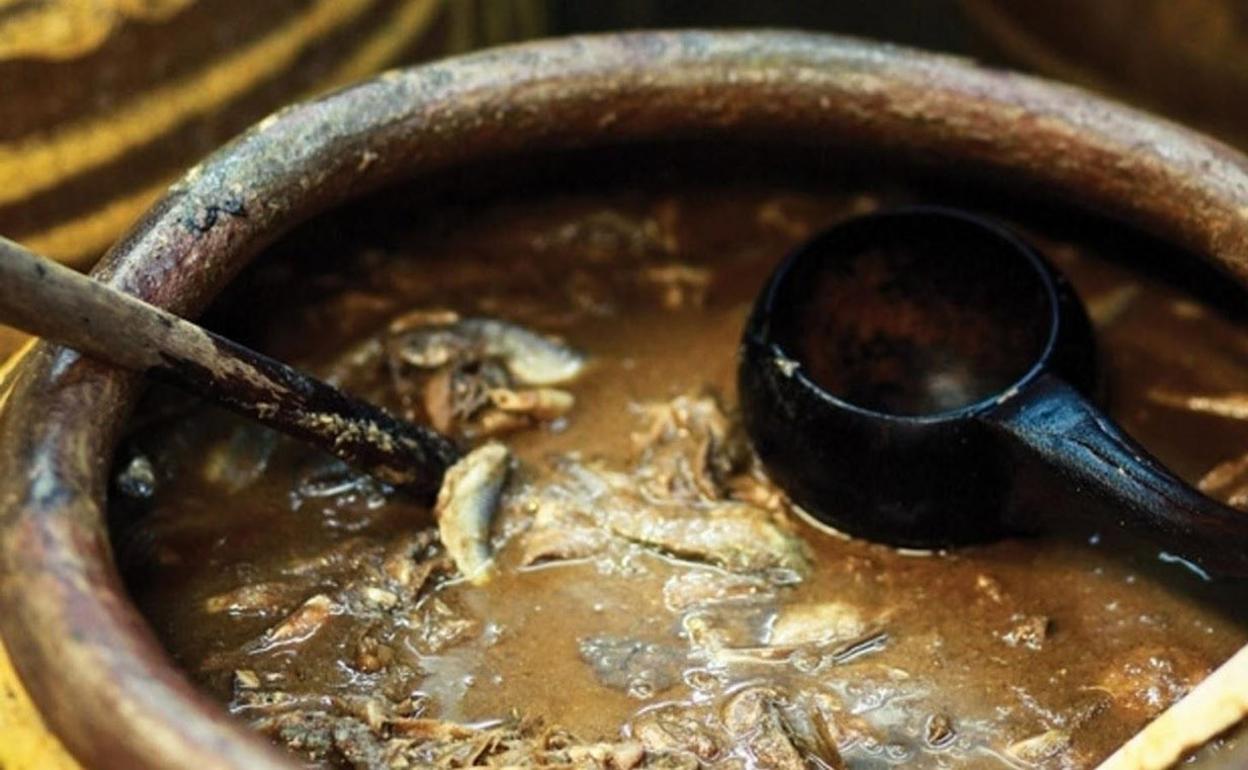
This ancient Roman fish sauce has been continuously produced in certain Mediterranean coastal towns since Roman times. The recipe requires fermenting specific fish varieties with exact amounts of salt in cedar barrels for precisely 90 days during specific seasons.
While industrial fish sauce production has modernized, a few traditional producers still follow the exact recipe recorded by Roman author Apicius in the 1st century CE. Archaeological evidence from ancient Roman garum factories shows identical fermentation techniques to those still used by traditional producers today.
Like Go2Tutors’s content? Follow us on MSN.
Chinese Moon Cakes
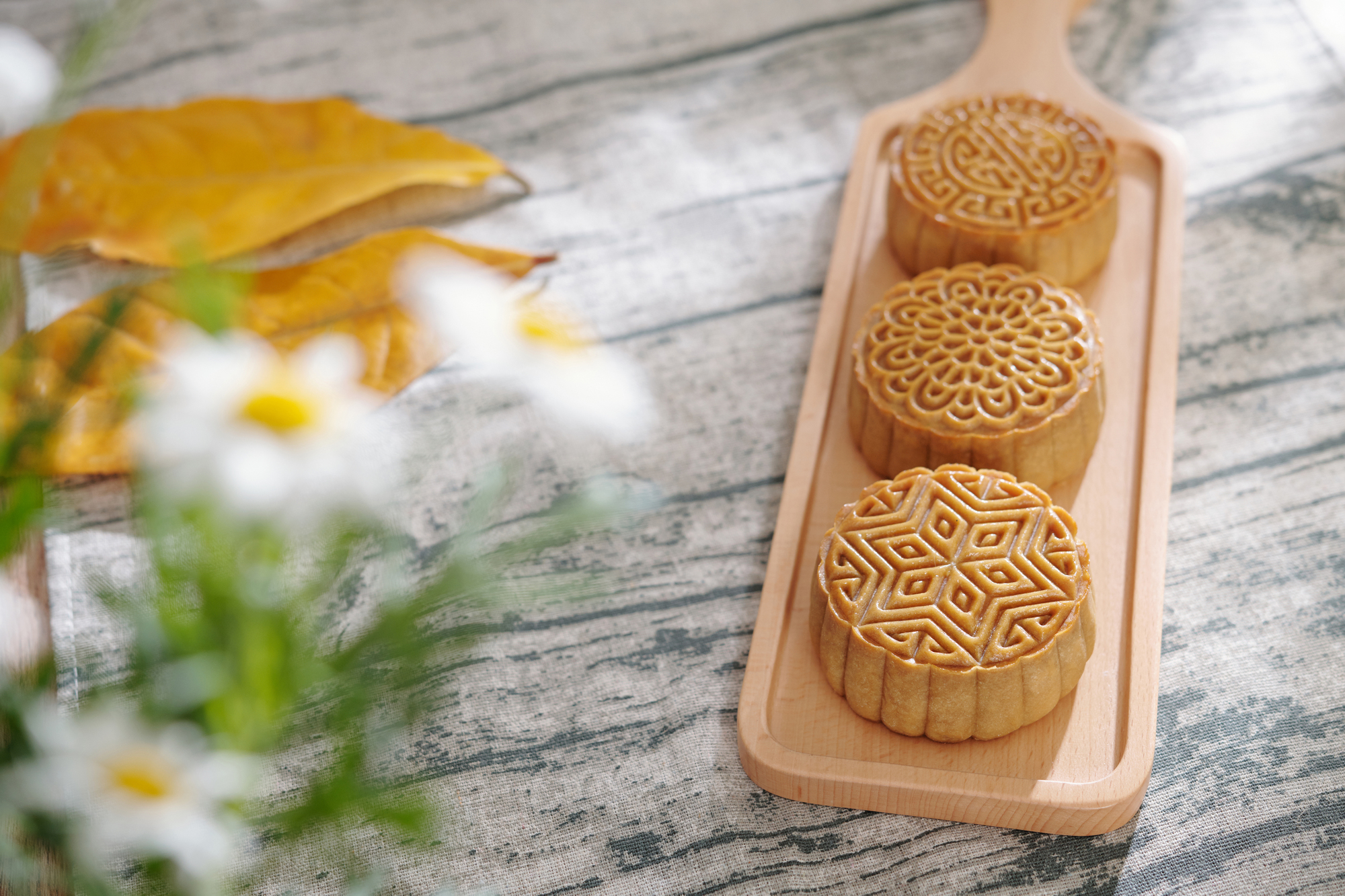
Traditional moon cakes follow recipes and techniques documented during the Ming Dynasty (1368-1644). The dough requires precise ratios of golden syrup, alkaline water, and flour, while the filling must be prepared weeks in advance following specific aging procedures.
The intricate wooden molds used to shape these festival treats remain unchanged, with some families still using implements passed down for generations. Even the symbolic patterns pressed into the cakes’ surfaces follow the same designs recorded in Ming Dynasty cookbooks.
Ethiopian Injera
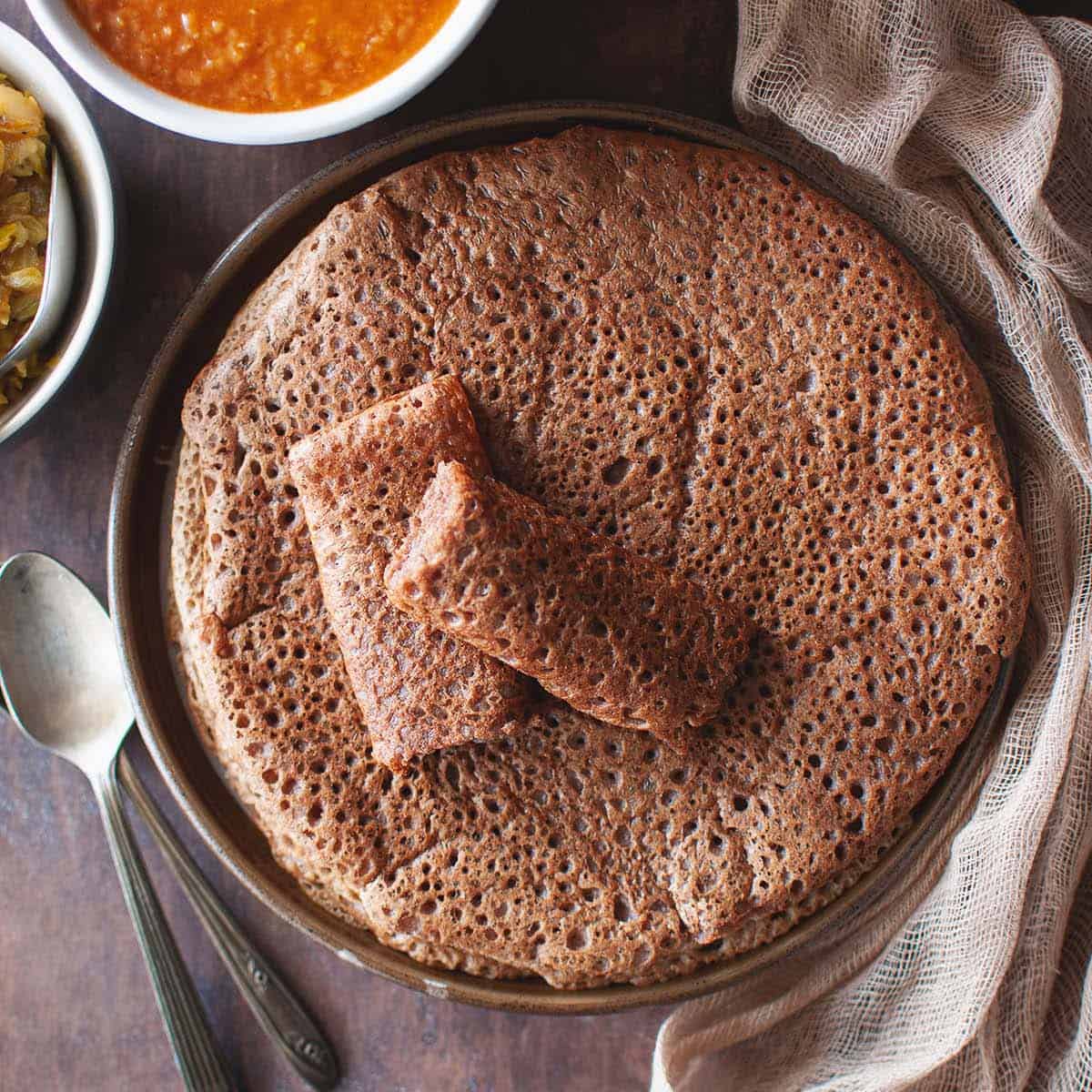
This sourdough flatbread uses the same fermentation technique that Ethiopian bakers have employed for over 2,000 years. The process requires teff flour, water, and time – usually 3 to 4 days of fermentation in clay containers.
The specific bacterial strains found in traditional injera fermentation match those found in ancient Ethiopian pottery fragments. The cooking technique requires pouring the batter in a precise spiral pattern on a clay griddle called a mitad, a method preserved through centuries of oral tradition.
Indian Curry Powder (Tamil Style)
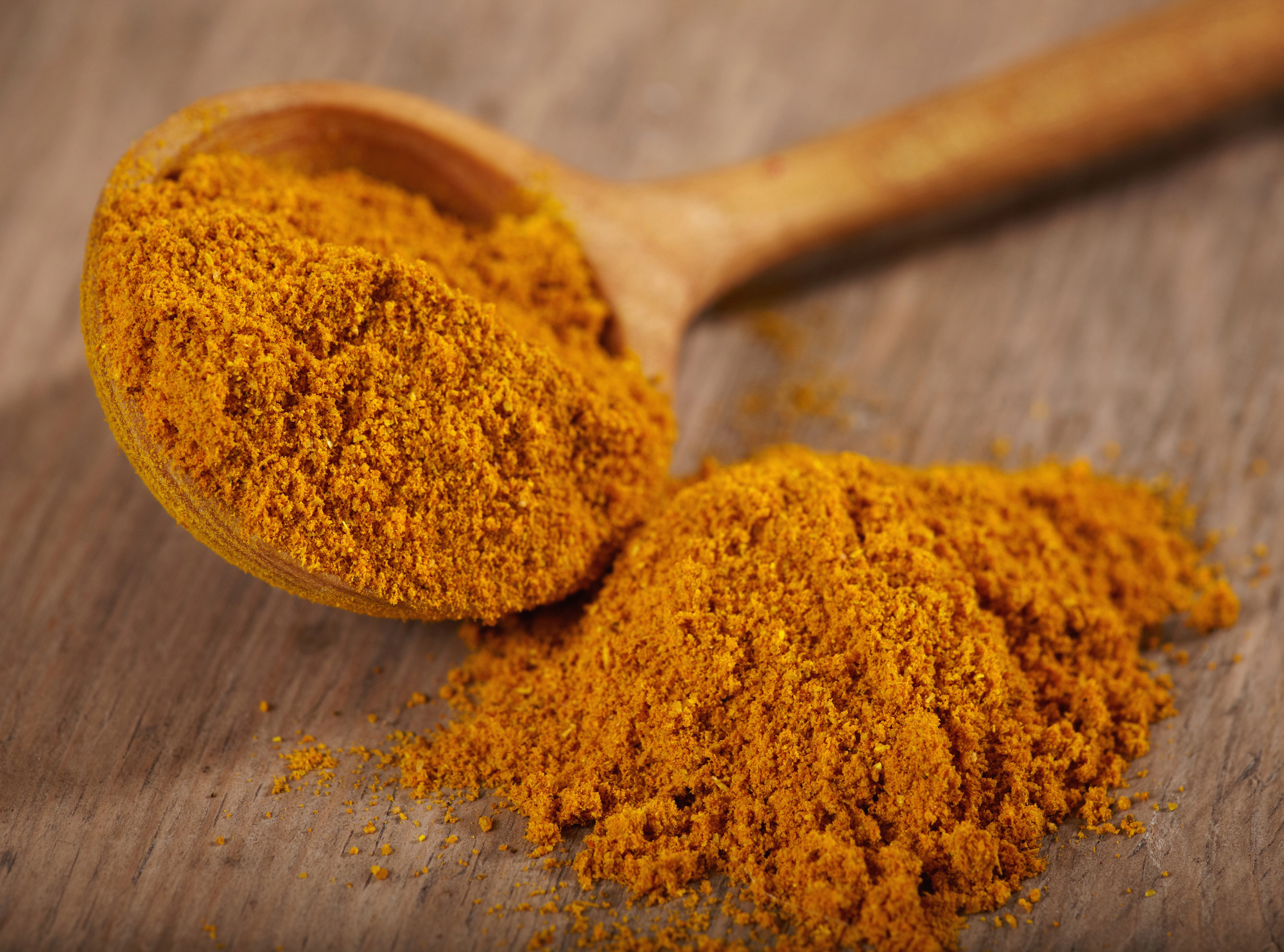
Traditional Tamil curry powder blends follow exact recipes passed down through family lines for centuries. Each spice must be individually sun-dried before being combined in precise proportions.
These family recipes often specify gathering spices at specific times of the year and grinding them on specific types of stone surfaces. Chemical analysis of spice residues in medieval Indian cooking vessels shows identical combinations to those still used in traditional preparations today.
Like Go2Tutors’s content? Follow us on MSN.
Spanish Paella Valenciana
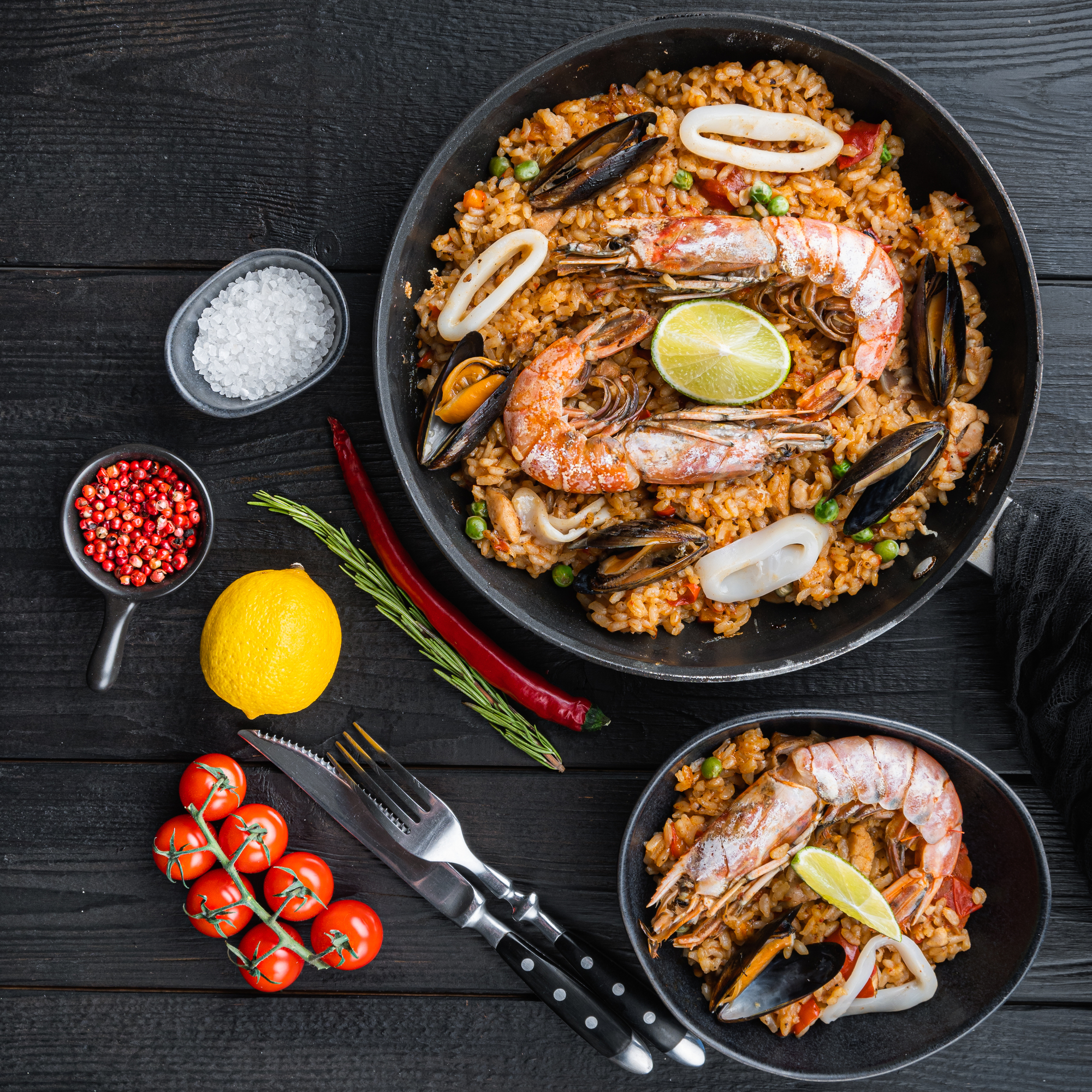
The original Valencian paella recipe has remained unchanged since its development in the 18th century. Traditional preparation requires specific short-grain rice varieties, such as saffron, and cooking over an orange wood fire in a carbon steel pan.
The recipe specifies the exact ingredients: rabbit, snails, three types of beans, and specific local varieties of artichokes and tomatoes when in season. Even the size of the fire and the pattern of rice distribution in the pan follow the rules established generations ago.
Irish Soda Bread
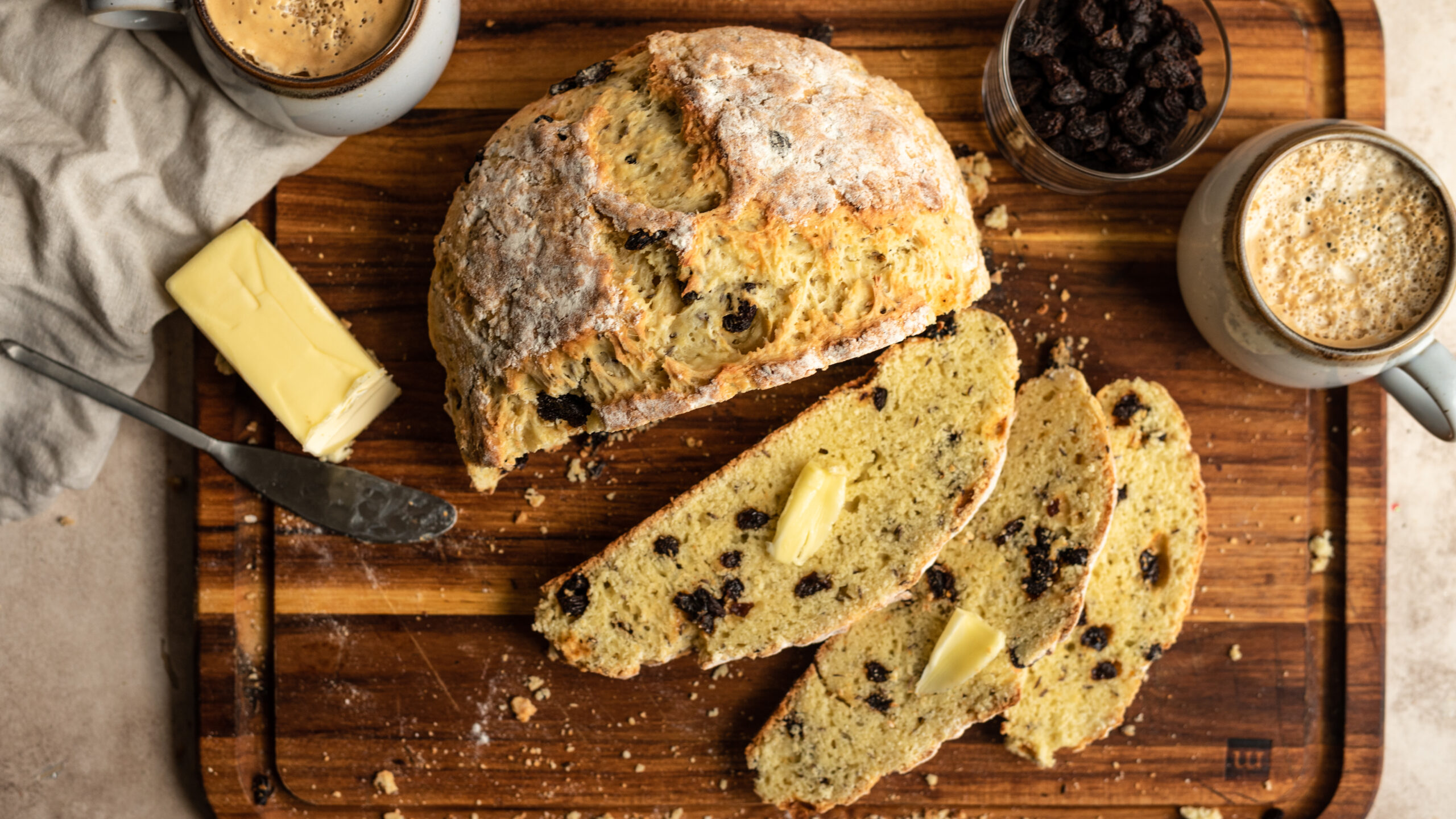
Traditional Irish soda bread contains just four ingredients: flour, salt, baking soda, and buttermilk. The recipe emerged during Ireland’s rural poverty in the 1830s and hasn’t changed since.
The technique requires minimal kneading and cutting a cross in the top – practices that Irish bakers have maintained for nearly two centuries. Traditional recipes specify that the bread must be baked in a cast-iron pot called a bastible over an open hearth, though modern ovens are now reluctantly accepted.
German Pumpernickel
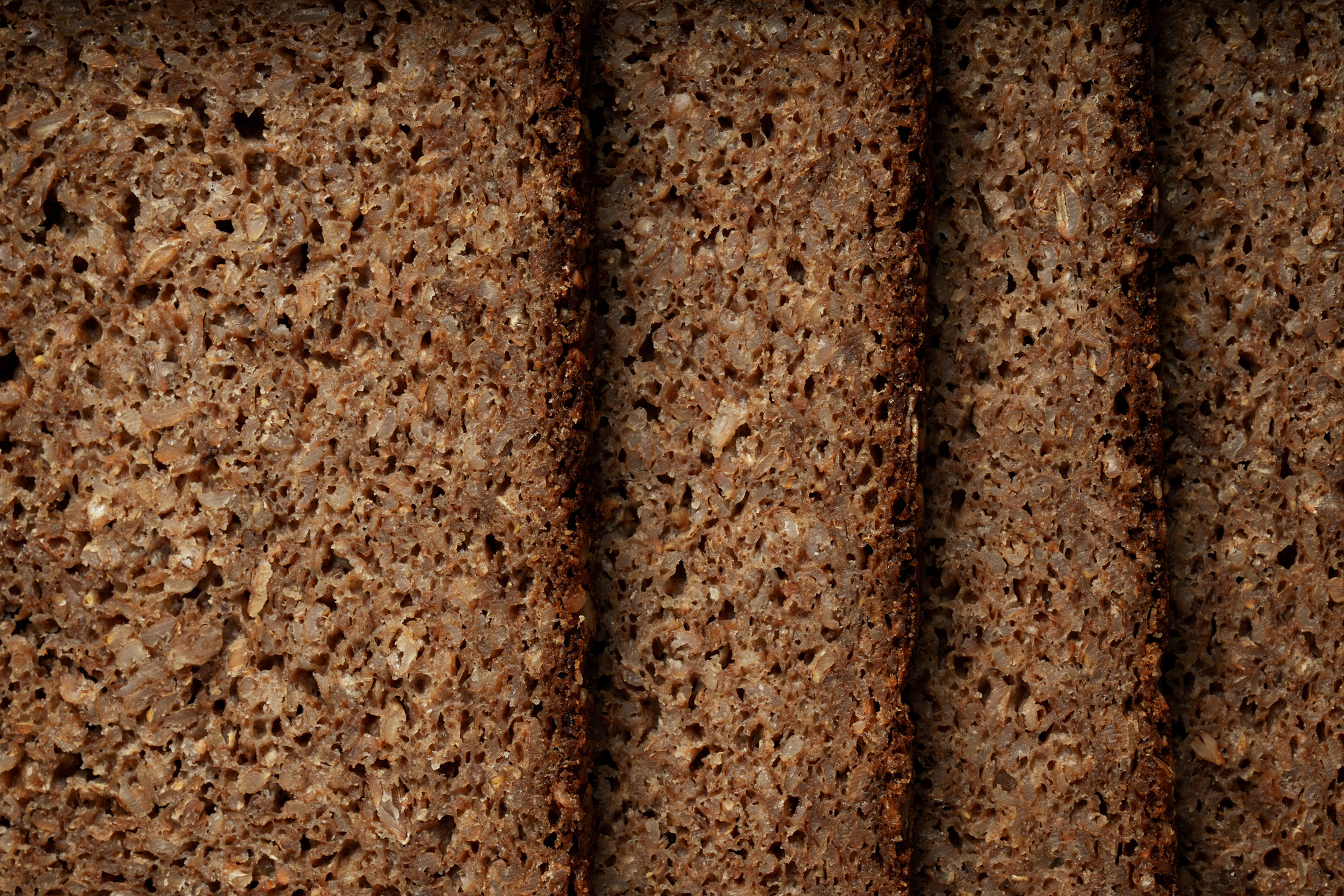
Traditional Westphalian pumpernickel follows the same recipe recorded in 1450. This dense rye bread requires a 24-hour baking time at low temperatures in sealed steam-filled ovens.
The dough contains only coarsely ground rye, water, and sourdough starter – no commercial yeast or additional ingredients allowed. The long, slow baking process creates unique sugar compounds through caramelization, giving the bread its characteristic dark color and sweet taste.
Like Go2Tutors’s content? Follow us on MSN.
Polish Pierogi

Traditional pierogi dough recipes require specific ratios of flour, water, egg, and salt, following techniques documented in medieval Polish monasteries. The dough must be rolled to an exact thickness and filled using precise measurements.
Even the crimping pattern used to seal these dumplings follows strict traditional guidelines, with different regions maintaining their specific folding patterns. Some Polish families still use pierogi stamps inherited from previous generations, maintaining exact pattern designs.
Turkish Lokum (Turkish Delight)
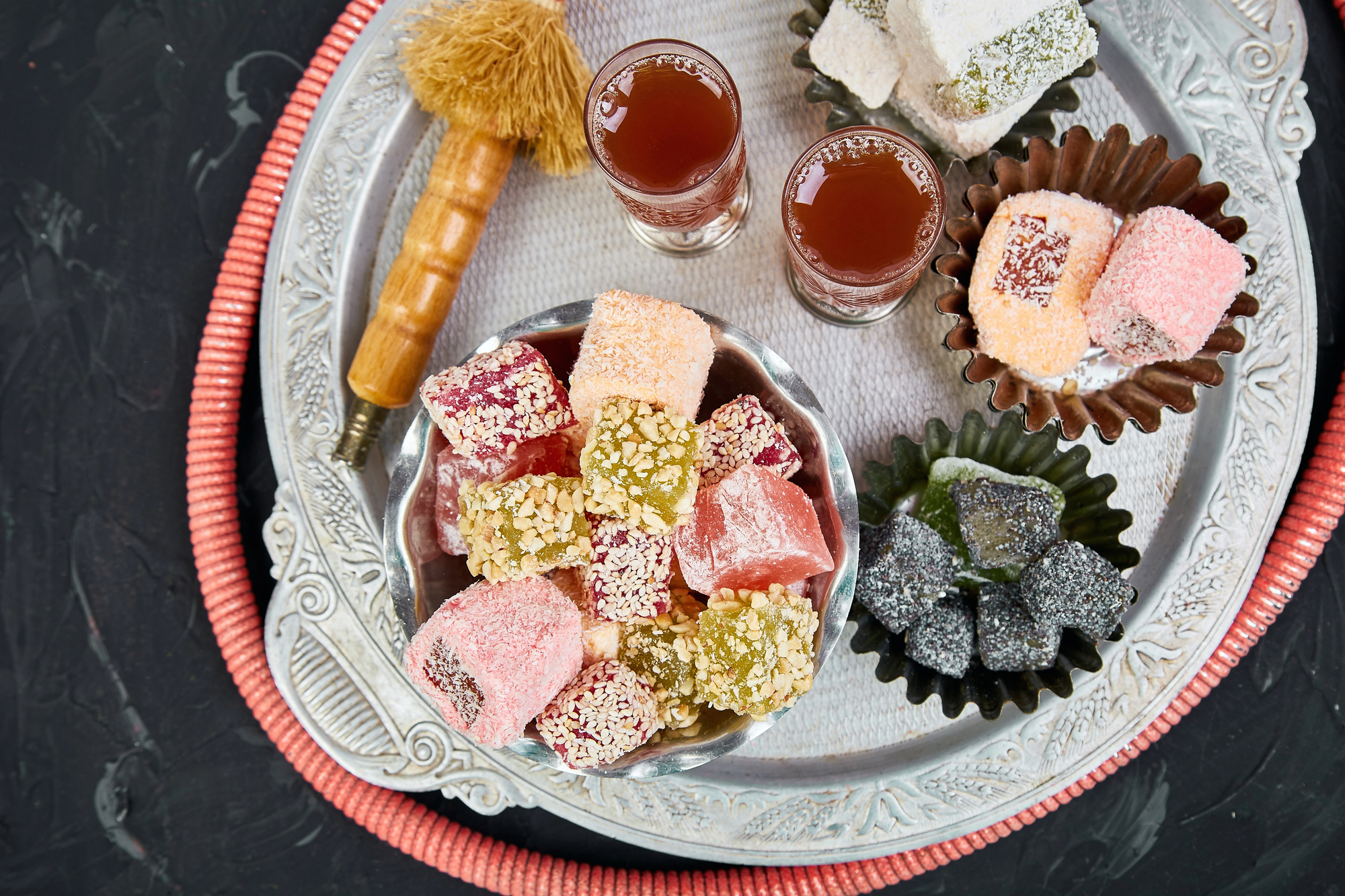
The original recipe for Turkish Delight, created in 1777 by confectioner Bekir Effendi, remains unchanged. The process requires cooking cornstarch and sugar at exact temperatures and adding specific flavorings like rosewater or mastic.
The traditional recipe specifies that the mixture must be stirred constantly for several hours using wooden paddles and then aged for several days before cutting. Even the dusting powder uses a specific ratio of cornstarch to powdered sugar that’s remained constant for over 200 years.
Belgian Lambic Beer
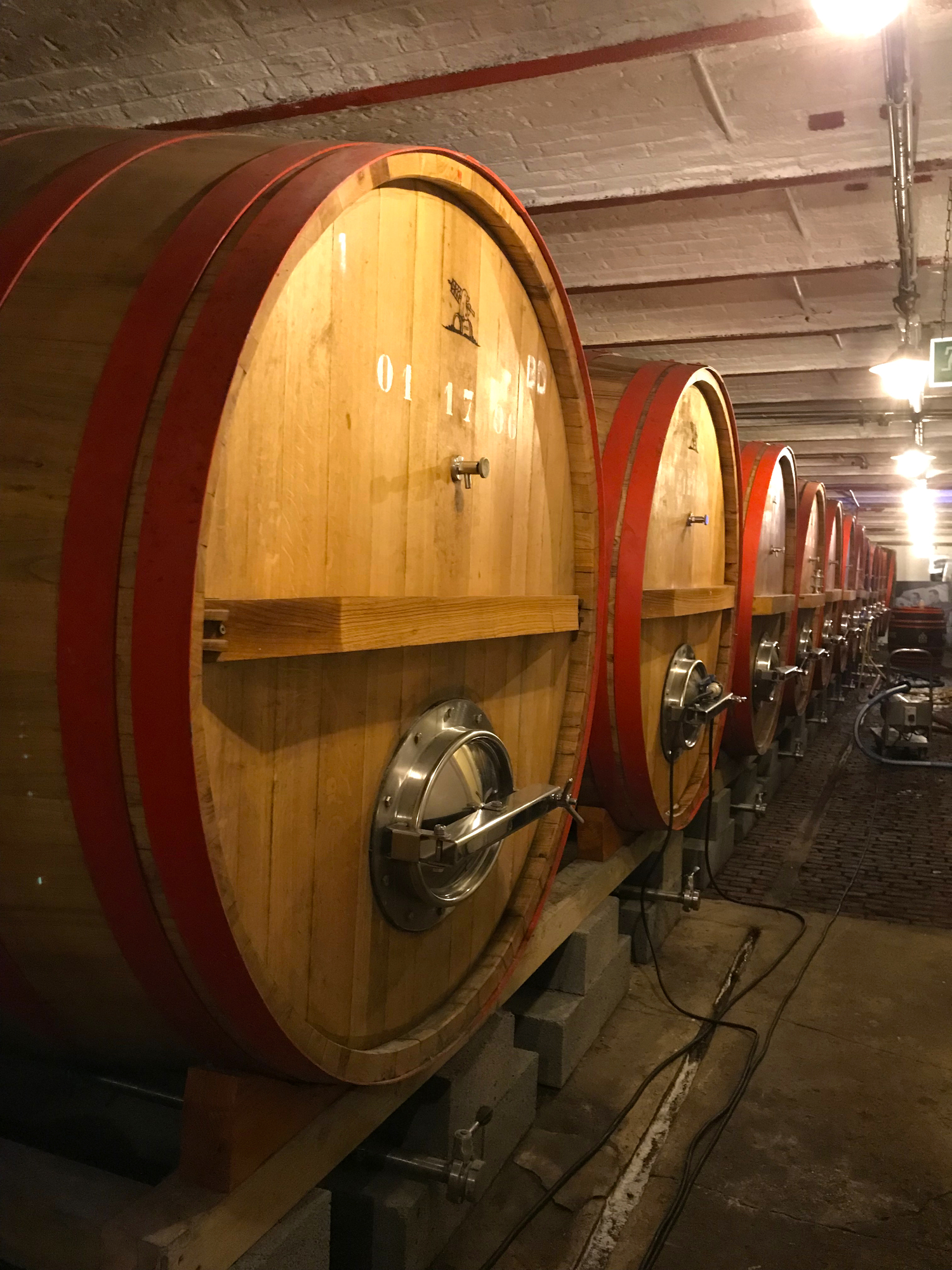
Traditional lambic beer production follows methods unchanged since medieval times. The brewing process relies on spontaneous fermentation from wild yeast present in the Zenne Valley air, using specific varieties of wheat and aged hops.
The beer must ferment in wooden barrels for up to three years, and production can only occur during cool months to ensure proper spontaneous fermentation. Chemical analysis of lambic residues in centuries-old bottles exactly matches traditional, modern productions.
Like Go2Tutors’s content? Follow us on MSN.
French Dijon Mustard
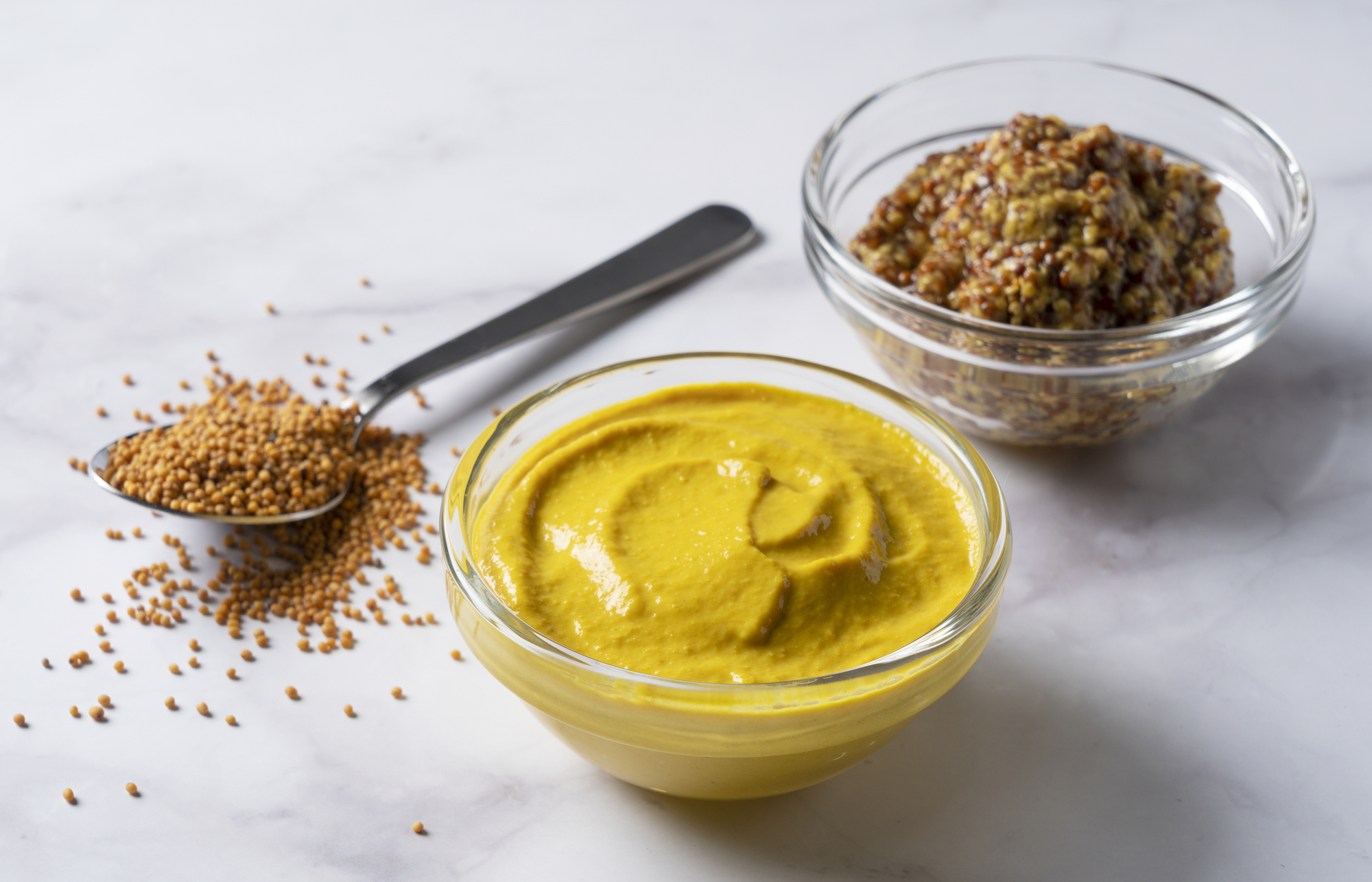
Traditional Dijon mustard production follows the exact specifications established in 1634. The recipe requires brown mustard seeds, white wine vinegar, and unfermented grape juice called verjuice, all combined using specific grinding techniques.
The traditional process includes aging the mustard in oak barrels for several months, allowing the flavors to develop according to time-honored methods. Modern attempts to speed up production have never quite matched the complexity of traditionally prepared Dijon.
Dutch Gouda
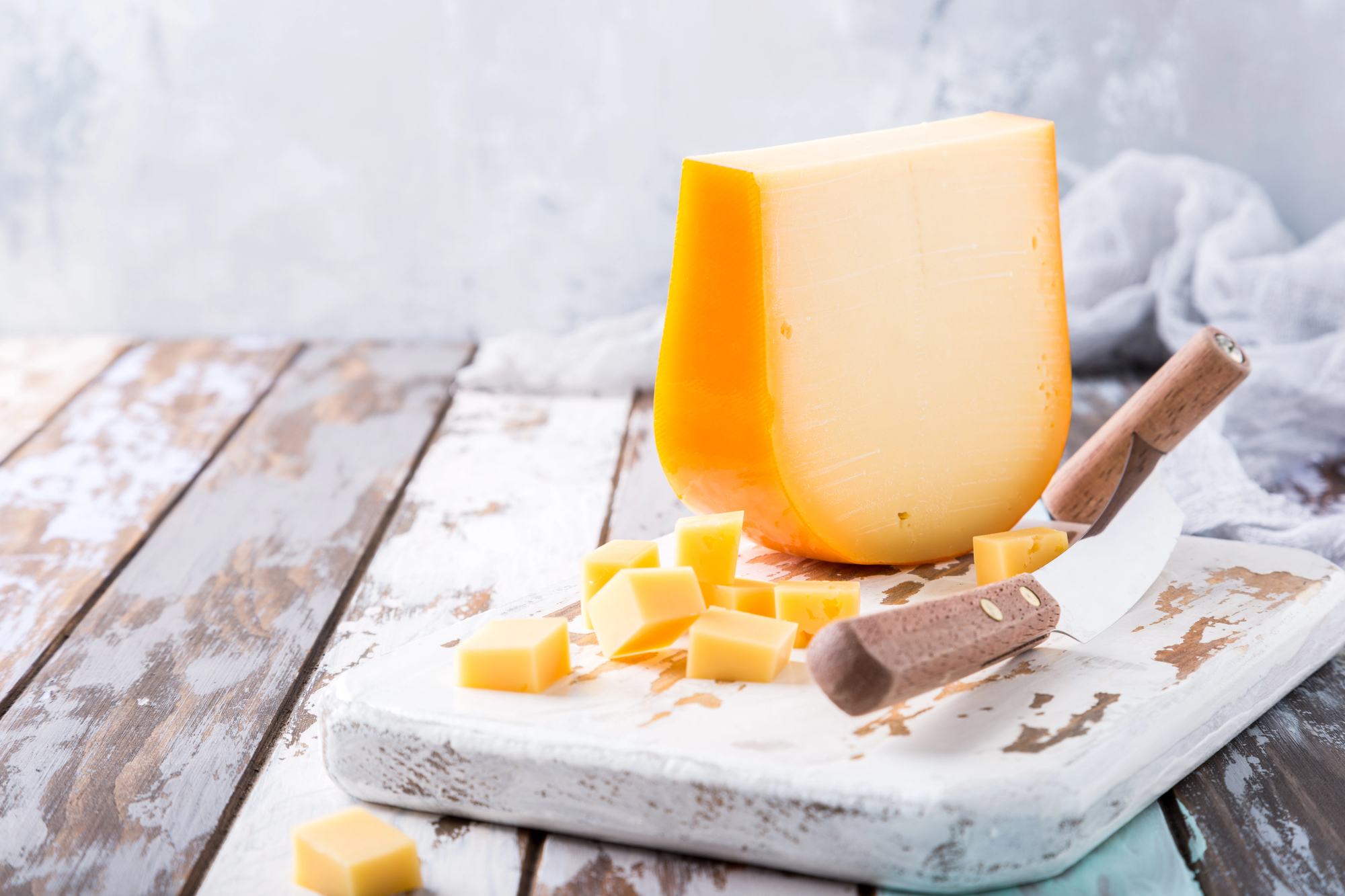
Traditional Gouda making follows techniques established by medieval Dutch cheese guilds. The process requires raw milk from a specific breed of cow, natural rennet, and aging on wooden planks.
The washing and turning of the cheese during aging must follow exact schedules, with specific humidity and temperature requirements. Some Dutch cheese houses still use the same wooden molds and tools that their ancestors used centuries ago.
Italian Pesto alla Genovese
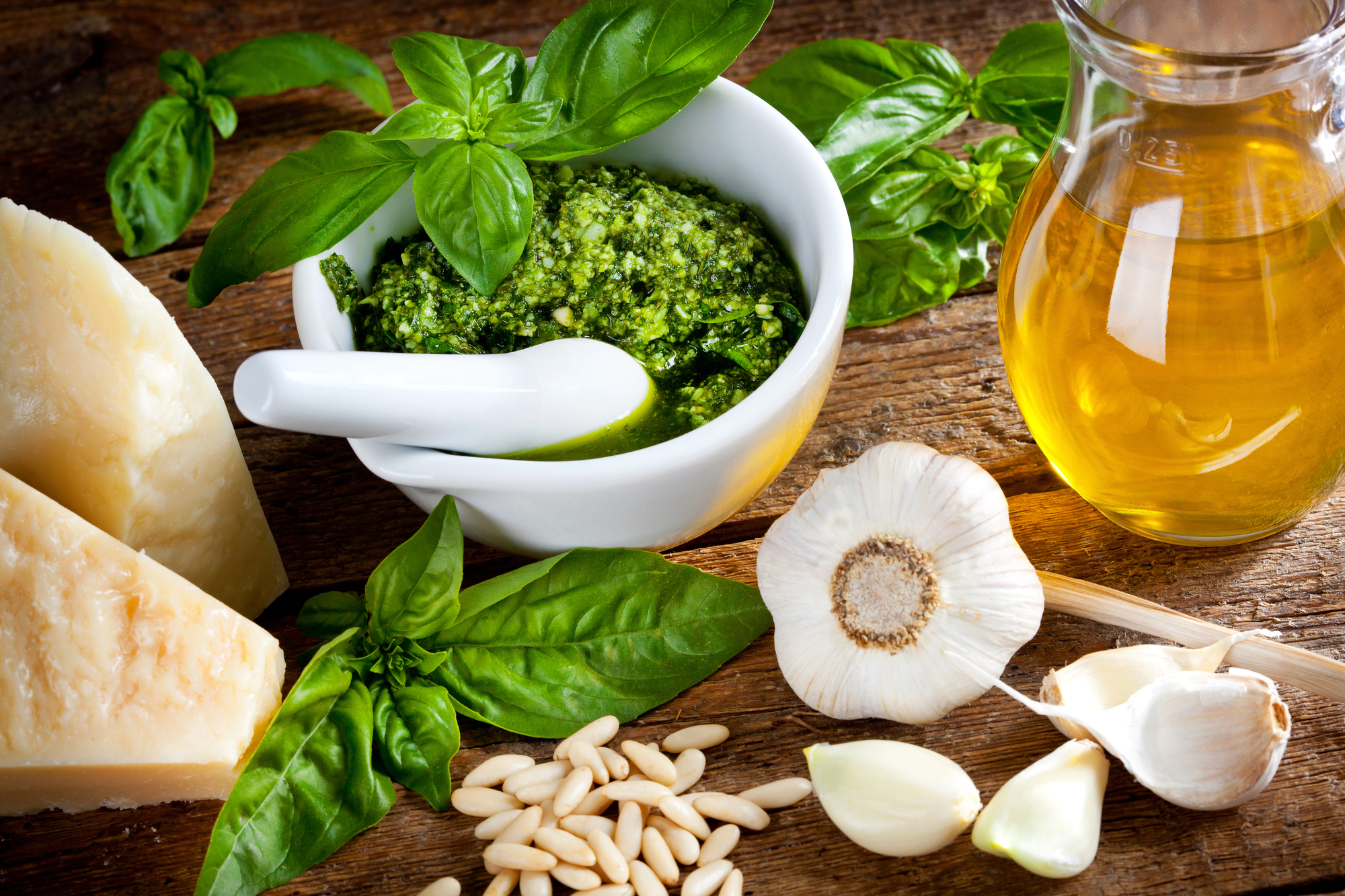
The authentic recipe for Genovese pesto has remained unchanged since its first documentation in 1863. It requires specific varieties of basil grown in areas around Genoa, aged Parmigiano-Reggiano, Pecorino, pine nuts, garlic, and olive oil.
Traditional preparation demands using a marble mortar and wooden pestle, grinding ingredients in a precise order to achieve the correct texture. Chemical analysis of 19th-century preserved pesto shows identical compound profiles to those of traditionally made versions today.
Like Go2Tutors’s content? Follow us on MSN.
Greek Feta
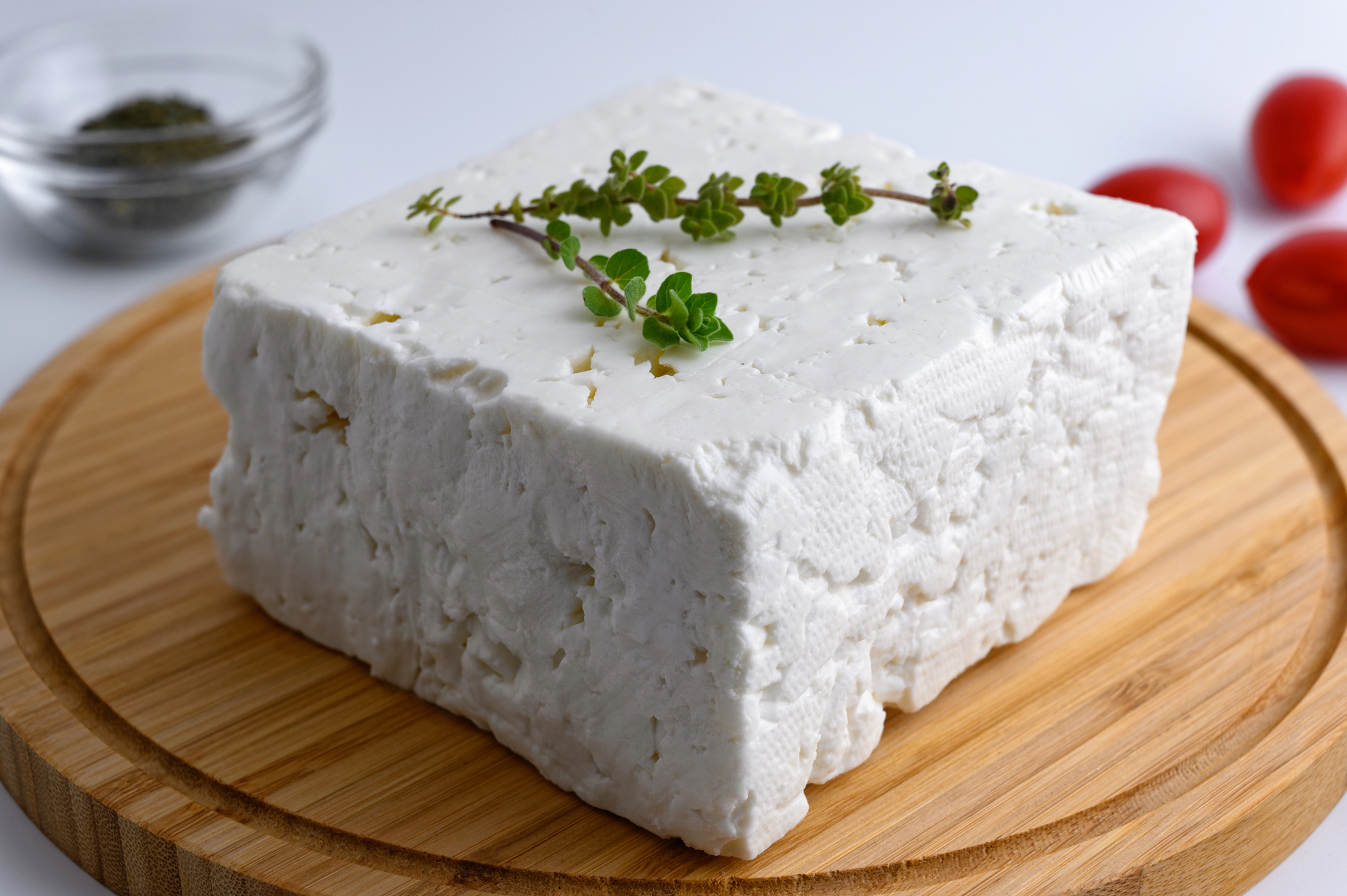
Traditional feta production follows methods established in Byzantine times. The cheese must come from specific breeds of sheep and goats, with the milk combined in exact ratios and the curd cut to precise sizes.
The aging process requires wooden barrels and specific brining techniques that create the cheese’s characteristic texture and flavor profile. Archaeological evidence from ancient Greek cheese-making facilities shows identical techniques to those still used by traditional producers.
Mexican Mole Poblano
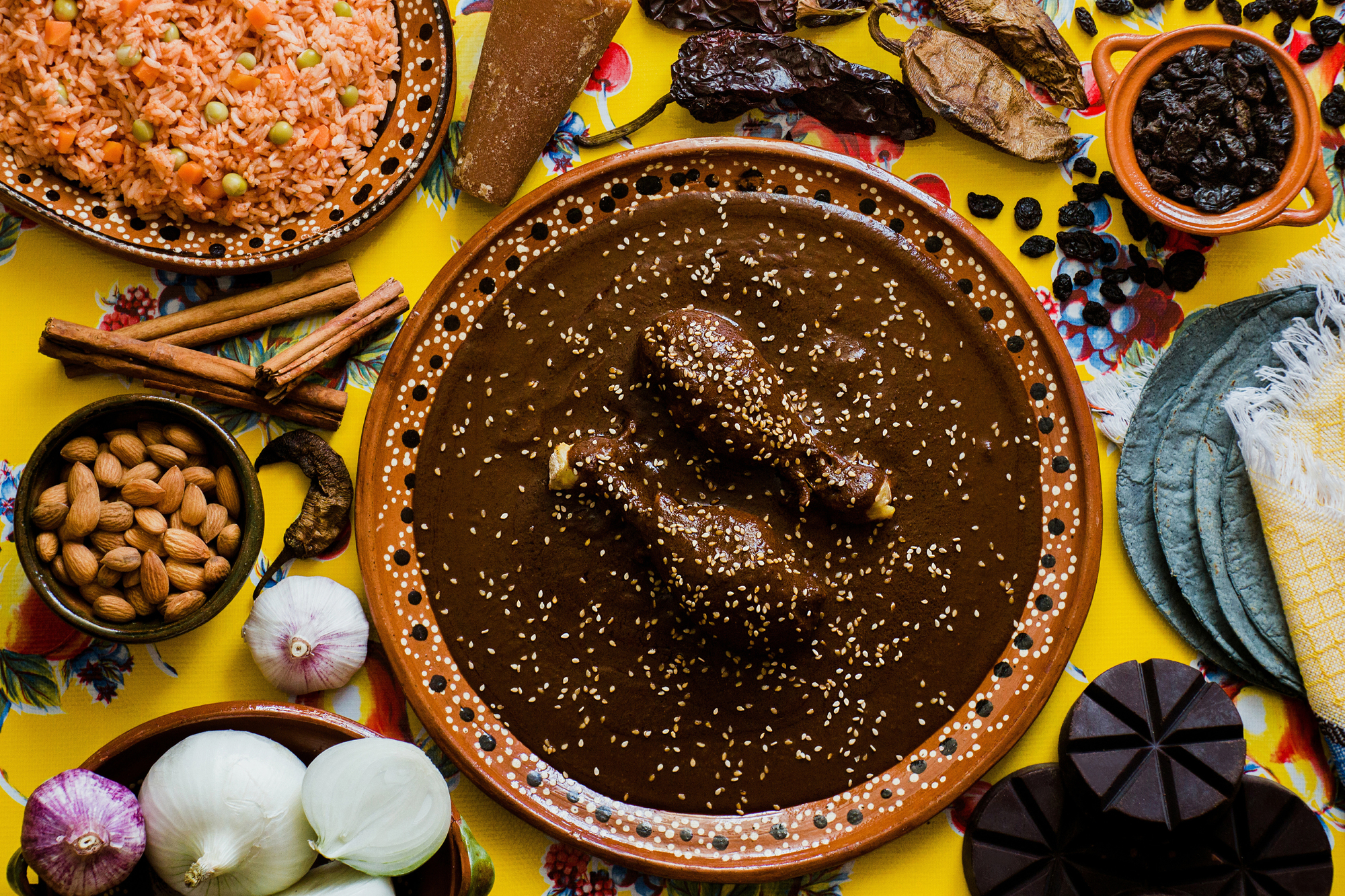
The original recipe for mole poblano from Puebla’s Santa Rosa Convent has remained unchanged since the 17th century. The sauce requires exactly 20 ingredients, including specific varieties of dried chilies, chocolate, and spices, all prepared in a precise order.
Traditional preparation takes several days and involves carefully roasting and grinding ingredients using volcanic stone tools. The recipe specifies exact cooking times and the order of adding ingredients, details that have been meticulously preserved through generations of Mexican cooks.
Persian Saffron Ice Cream (Bastani Sonnati)
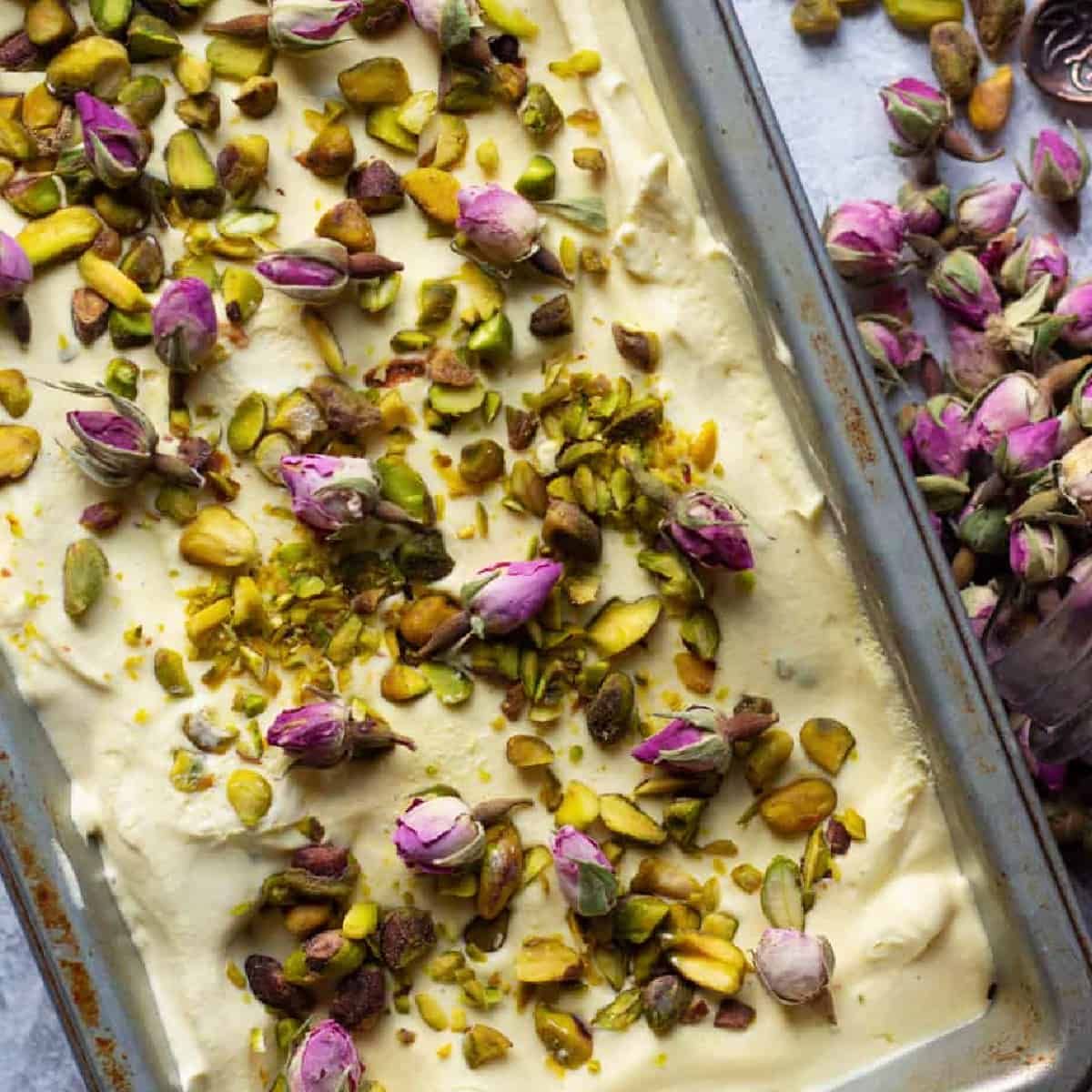
This ancient Persian frozen dessert has maintained the same recipe since the Qajar dynasty period. The traditional preparation requires precisely ground saffron, salep (orchid root powder), rosewater, and mastic churned by hand in copper vessels surrounded by ice from mountain peaks.
The technique requires a specific freezing and churning rhythm that creates distinct frozen crystals and a stretchy texture. Even the decorative pattern of pistachios and cream must follow exact placement guidelines recorded in royal court cookbooks. Modern ice cream makers have tried to replicate this recipe using machines, but the traditional hand-churning method remains the only way to achieve its signature texture.
A Taste of History
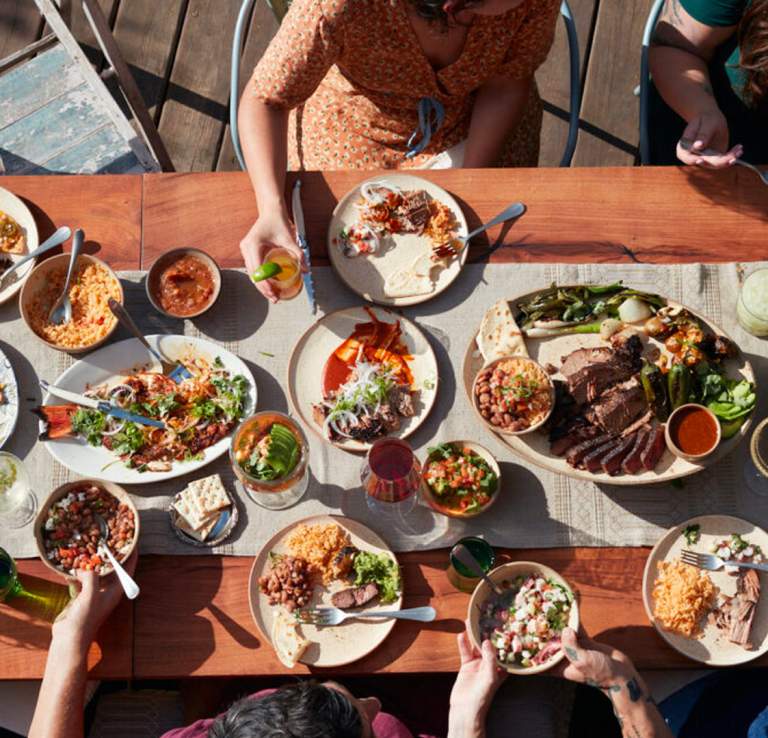
These unchanged recipes offer more than just authentic flavors – they provide a direct connection to our culinary heritage. While modern food production emphasizes efficiency and standardization, these traditional preparations remind us that some things are worth doing slowly and carefully.
Each unchanged recipe tells a story of cultural preservation, passed down through generations of caring hands. In a world of constant change and innovation, these culinary time capsules prove that sometimes perfection requires no improvement.
More from Go2Tutors!

- Famous Battles: How Much Do You Really Know About U.S. History?
- Top 5 Most Important Skills, According To Harvard Business School
- How Well Do You Know 90s Pop Culture? Take the Quiz
- Master the Art of Public Speaking with These Expert Tips
- Think You Know Capitals? Put Your Knowledge to the Test
Like Go2Tutors’s content? Follow us on MSN.



